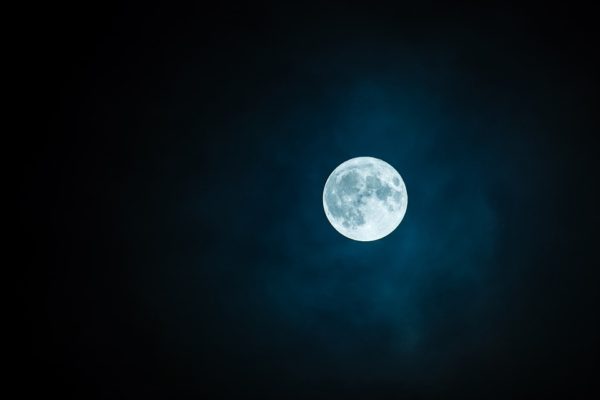Over Coffee® celebrates a landmark anniversary with one of our all-time most popular podcast episodes.
Podcast: Play in new window | Download
Subscribe: RSS
Apollo 11 launched for the moon 50 years ago this Wednesday. The date: Wednesday, July 16, 1969.
Four days later, two astronauts from this fifth manned Apollo flight would walk on the lunar surface.
At the time, future International Space Station astronaut Douglas Wheelock was in grade school.

On that Wednesday in 1969, astronauts Neil Armstrong, Buzz Aldrin and Mike Collins put on their space suits just under four hours prior to launch, according to NASA’s Apollo 11 press kit. The same (typewritten!) material explains that crew members had two different types of space suits: one for inside the vehicle and one “extravehicular pressure garment”. And their heart rate and breathing data would show up on the flight surgeon’s console at Mission Control in real time.
Thirty years and four months–to the day–of Neil Armstrong and Buzz Aldrin’s Apoll0 11 moonwalk, the International Space Station launched. Since then, space innovation has far surpassed the imagination of anyone watching Neil Armstrong descending the ladder onto the moon.
But that “giant leap for mankind” is at the root of every one of them. Among them: the addition of “citizen science” to NASA’s missions.
Problemsolving–on earth and in space
Included under this heading are the annual NASA International Space Apps Challenge. This is a worldwide free event, in which teams from every imaginable discipline join together to “hack” literally any problem in the universe, using NASA data.
Onsite at NASA Space Apps Challenge Pasadena in 2016, we had the pleasure of talking with U.S. Army Colonel Douglas Wheelock. Doug, as he prefers to be called, has flown twice aboard the International Space Station. And each time, he’s encountered an unforeseen issue. He and his crew had to do some serious troubleshooting. In the process, they won a number of awards for their innovation and ingenuity.
We talked about his experiences, as well as his role in training astronauts for space flight, and offered an inside look at “the art and science of spacewalking” and what life is like while in space.
On this episode of Over Coffee®, you’ll hear:
-
How Doug first became interested in aviation and space travel;
-
What Doug tells the astronauts he trains, about efficient spacewalking;
-
What an average day is like, aboard the ISS;
-
How Doug spent his leisure time, aboard the International Space Station;
-
How the crew manages “crew sleep”, with a sunrise or sunset every 45 minutes;
-
The procedures NASA astronauts are trained to observe, after an emergency alarm;
-
Doug’s recollections of his experience in 2010, when half the ISS’ cooling system shut down;
-
Some of the innovations Doug saw teams coming up with, at 2016 International Space Apps Pasadena;
-
Doug’s advice for innovators.

